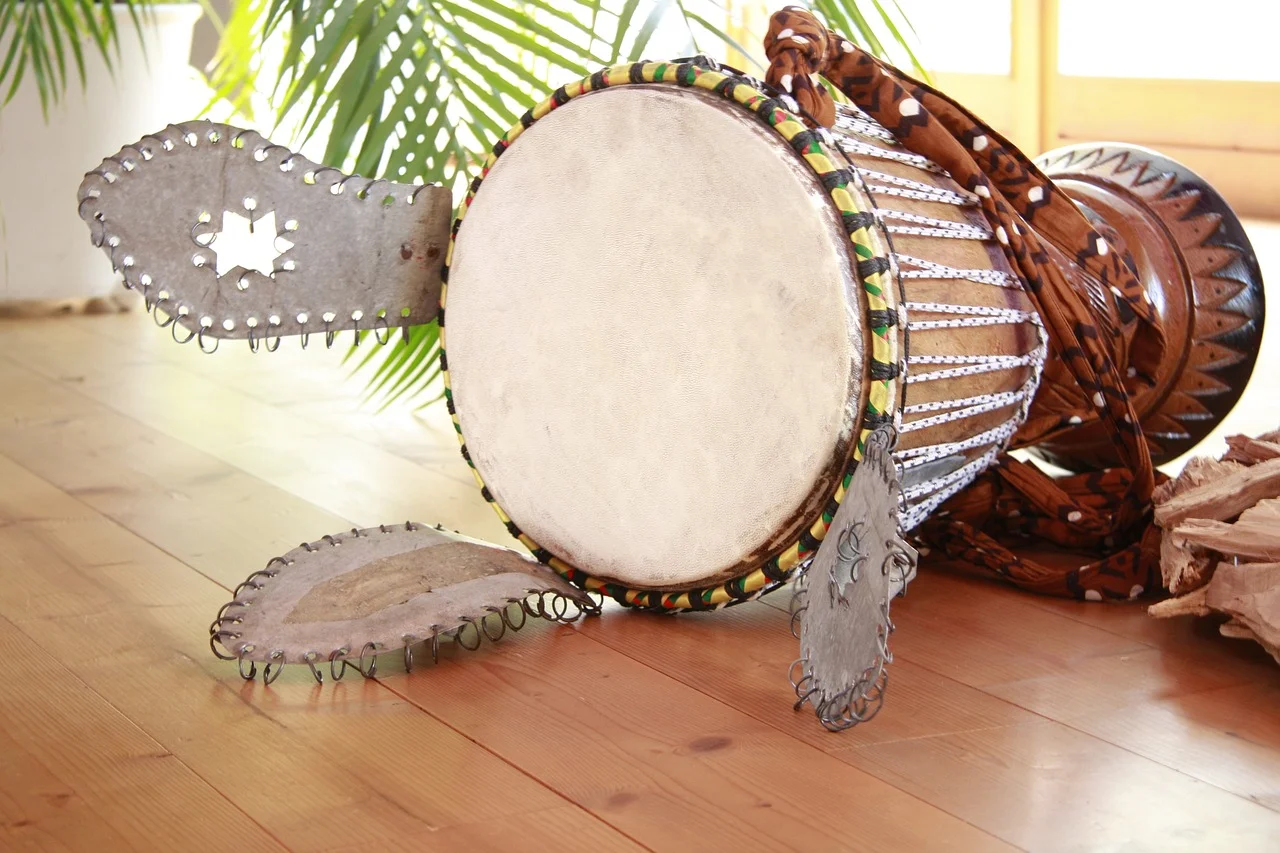Scimitar Drum: A Journey Through History, Culture, and Craftsmanship
The scimitar drum is a unique percussion instrument that carries centuries of cultural significance. Originating from regions spanning the Middle East, North Africa, and South Asia, this drum has woven its way through the musical traditions and historical legacies of many civilizations. Its name, inspired by the curved shape of a scimitar sword, reflects not only its appearance but also its rhythmic and symbolic resonance in the cultures that cherish it. This article delves into the origins, construction, cultural relevance, and evolution of the scimitar drum, highlighting its enduring legacy in world music.
Origins
The scimitar drum’s roots stretch back to ancient civilizations, where percussion instruments served purposes beyond mere entertainment. In early societies, drums were often seen as mystical objects, used in ceremonies and rituals to connect with the divine. Historical records suggest that versions of the scimitar drum might have existed in the ancient Mesopotamian and Egyptian civilizations. Over time, as trade routes expanded and cultures intermingled, the drum’s influence spread, incorporating diverse construction techniques and musical styles
Craftsmanship
The construction of the scimitar drum requires an intricate balance of design and acoustic precision. Traditionally, the drum was crafted using natural materials available locally, such as animal hides for the drumhead and wood or metal for the frame. The frame’s scimitar-like curve gives the drum its distinct resonance, allowing for a unique sound profile that differs from traditional cylindrical or flat drums.
In modern times, artisans have experimented with materials such as synthetic hides and alternative metals, further refining the instrument’s durability and sound quality. However, traditionalists still prefer the original methods, believing that natural materials produce a more authentic tone.
Rhythm
The rhythmic patterns associated with the scimitar drum are often complex and varied. These rhythms differ from region to region, with each culture adding its distinct flair to the drum’s sound. For instance, in North African music, the drum is often used to create intricate syncopated beats, while in South Asian compositions, it may be utilized for deep, resonant tones that provide a meditative backdrop.
Due to its curved frame, the scimitar drum offers a range of sounds, from high-pitched slaps to deep bass notes. This versatility makes it suitable for diverse musical styles, from ceremonial music to modern fusion genres.
Cultural
The cultural significance of the scimitar drum goes beyond music. In many Middle Eastern and African societies, the drum is often seen as a bridge between the spiritual and physical worlds. Historically, it has been used in rituals, celebrations, and community gatherings, symbolizing unity and harmony. The drum also represents resilience, as its distinctive shape and sound have survived centuries of cultural shifts.
In North Africa, the scimitar drum often accompanies dancers in traditional performances, creating a dialogue between rhythm and movement. Similarly, in South Asia, the drum may be featured in folk music, symbolizing both festivity and reverence.
Evolution
The evolution of the scimitar drum is a testament to the adaptability of cultural artifacts. As it spread across continents, the drum evolved in response to regional preferences and available materials. In some areas, the drum’s design became more elaborate, featuring decorative carvings and inlays, while in others, it remained simple and functional.
In recent years, the scimitar drum has found a place in fusion music, blending traditional sounds with contemporary genres. Musicians experimenting with world music have incorporated the drum into jazz, electronic, and ambient compositions, showcasing its versatility. This blending of old and new styles has introduced the scimitar drum to a broader global audience, ensuring its place in modern music.
Modern
Today, the scimitar drum is appreciated by musicians and music enthusiasts around the world. The drum’s rich sound, coupled with its storied history, makes it an attractive choice for those seeking to explore traditional sounds in a contemporary context. In addition to its use in performances, the drum has become a popular item among collectors, with vintage models fetching high prices due to their rarity and historical significance.
Legacy
The legacy of the scimitar drum is a powerful reminder of the enduring influence of ancient musical traditions. By continuing to play, preserve, and innovate with this instrument, modern musicians and artisans help keep a piece of history alive. The scimitar drum’s journey from ancient rituals to contemporary stages demonstrates its resilience and adaptability, making it a symbol of cultural continuity and artistic expression.
The scimitar drum’s distinctive shape, unique sound, and rich history ensure it will remain a cherished instrument for generations to come. Whether in the hands of a master musician or a curious novice, the drum’s rhythmic pulse connects us to an ancient legacy, inviting us to explore the world of music through a timeless cultural lens.






